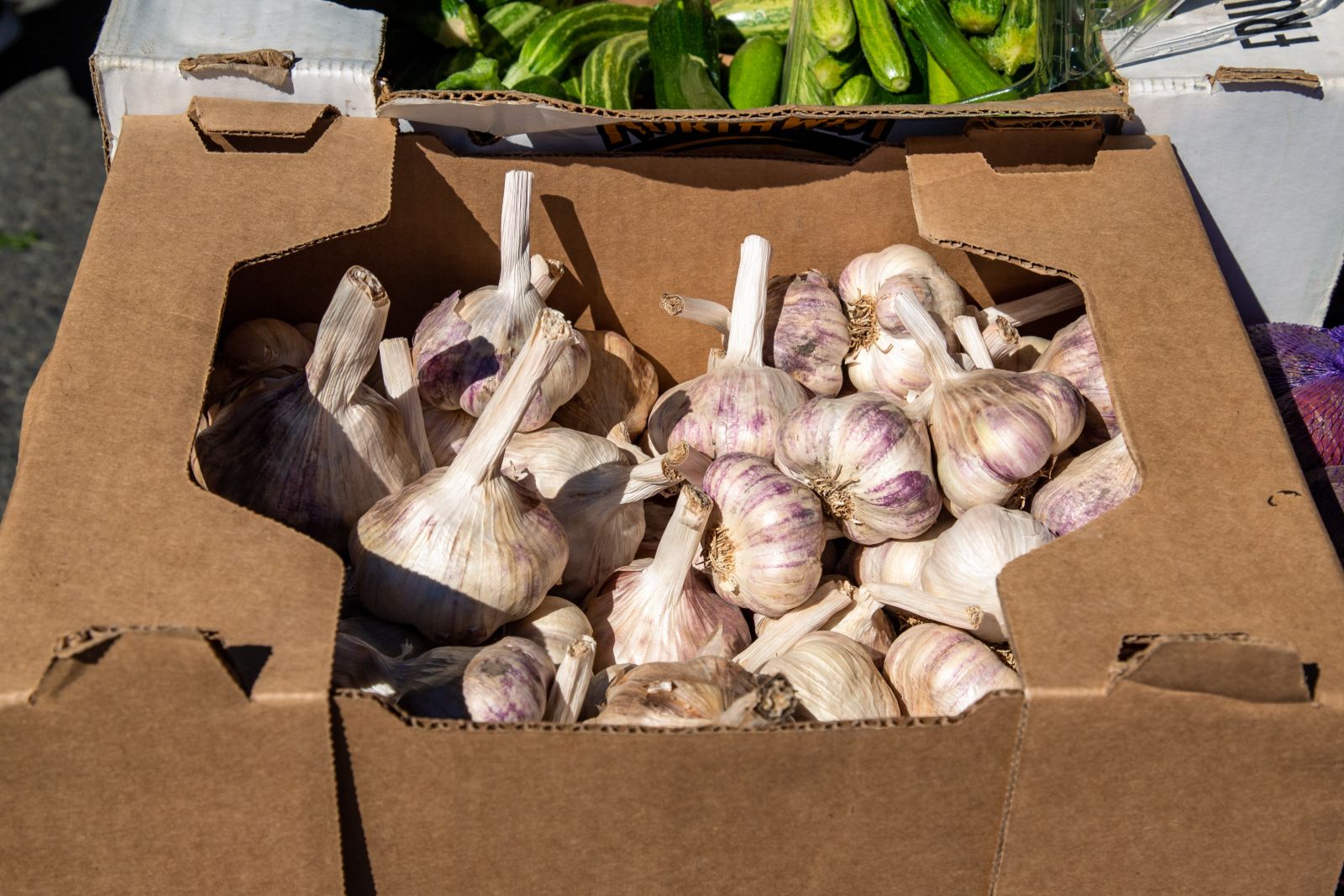Raised Bed Gardening: A Beginner's Guide
If you're looking for a way to grow vegetables, herbs, or flowers in your garden without the hassle of tilling and weeding, raised bed gardening might be the solution you need. Raised beds are a popular option for gardeners of all levels, offering numerous benefits such as better drainage, less soil compaction, and easier access to plants. In this article, we'll cover everything you need to know to get started with raised bed gardening.

What is Raised Bed Gardening?
A raised bed is a garden bed that is elevated above the ground and filled with soil. Raised beds can be made of various materials such as wood, bricks, stones, or concrete blocks. They can be any size or shape, but most are rectangular or square. Raised beds are an ideal option for gardeners who have poor soil conditions or limited space, as they provide a controlled environment for plant growth.
Benefits of Raised Bed Gardening
Raised bed gardening offers several benefits that make it an attractive option for gardeners. Here are some of the most significant advantages:
-
Better Drainage: Raised beds drain better than traditional garden beds, preventing water from pooling around plant roots and causing them to rot.
-
Less Soil Compaction: Soil in raised beds is looser and fluffier than soil in traditional beds, making it easier for plant roots to grow and absorb nutrients.
-
Easier Access: Raised beds are typically built at a height that makes it easier for gardeners to tend to their plants without bending over or kneeling on the ground.
-
Weed Control: Raised beds make it easier to control weeds since you can add a layer of weed barrier fabric under the soil or use mulch to suppress weed growth.
How to Build a Raised Bed Garden
-
Building a raised bed garden is a simple and straightforward process that can be completed in just a few hours. Here are the steps you'll need to follow:
-
Choose a Location: Select a location that receives at least six hours of direct sunlight a day and has access to a water source.
-
Determine the Size: Decide on the size of your raised bed based on the available space and your gardening needs.
-
Choose a Material: Select a material for your raised bed. Popular options include wood, bricks, stones, or concrete blocks.
-
Build the Frame: Build the frame of your raised bed using your chosen material, ensuring that it is level and secure.
-
Add Soil: Fill the raised bed with a soil mixture that is suitable for your plants.
-
Plant: Once the soil is in place, you can begin planting your chosen vegetables, herbs, or flowers.
Tips for Maintaining a Raised Bed Garden
Maintaining a raised bed garden is relatively easy, but there are a few things you can do to ensure that your plants thrive. Here are some tips:
-
Water regularly: Raised beds dry out more quickly than traditional garden beds, so it's essential to water them regularly.
-
Fertilize: Add organic fertilizers to the soil to provide your plants with the necessary nutrients.
-
Weed Control: Keep your raised bed free of weeds by adding a layer of mulch or using a weed barrier fabric.
-
Rotate Crops: Rotate your crops each season to prevent soil-borne diseases and pests from becoming established.
Raised bed gardening is an excellent option for gardeners of all levels, providing numerous benefits that make it a popular choice. By following the steps outlined in this article, you can build and maintain a raised bed garden that will provide you with fresh vegetables, herbs, and flowers throughout the growing season.
